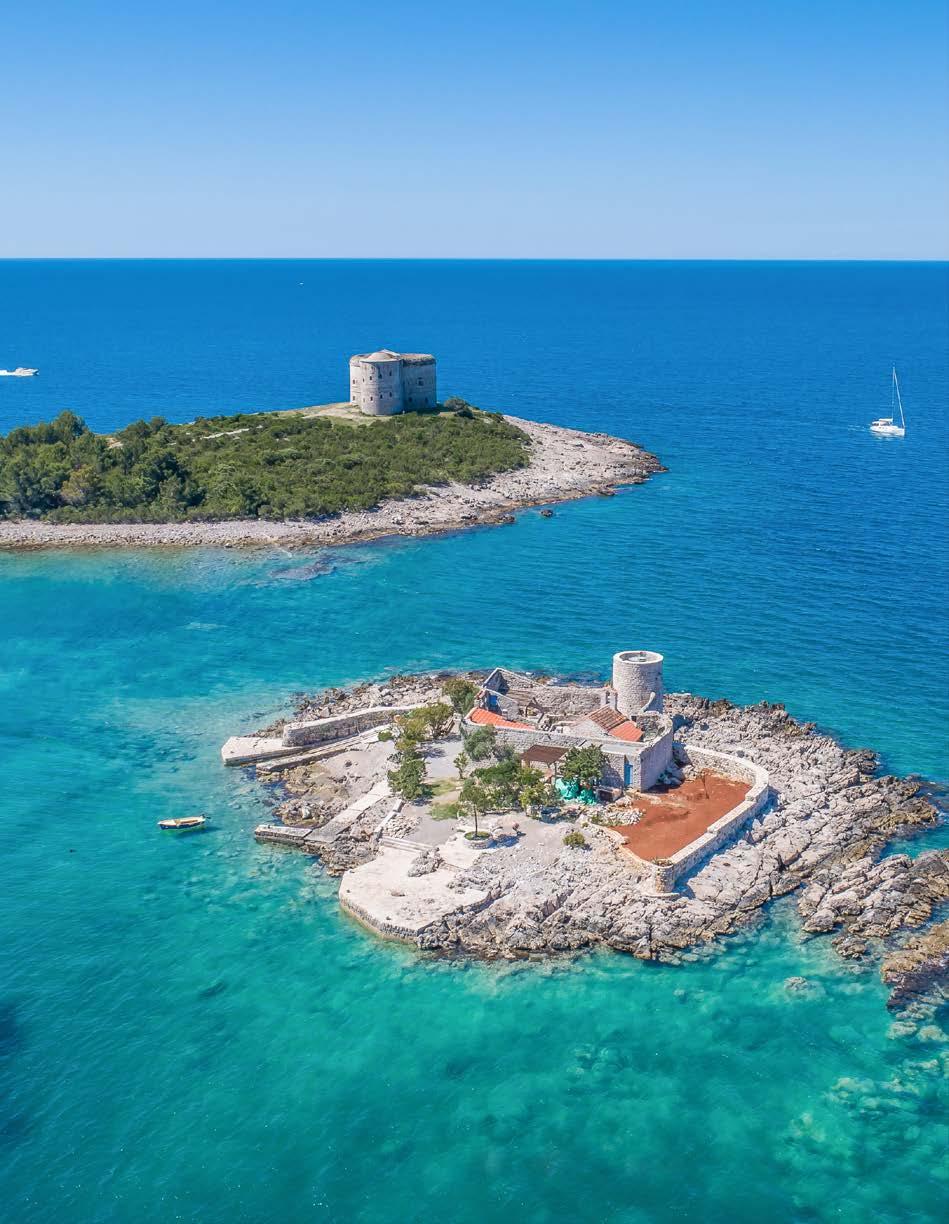
6 minute read
Luštica Peninsula
from Luštica Bay LIFE
by Lustica Bay
A fairy-tale on land and sea
With the Adriatic Sea brushing over its land from three sides, the Luštica peninsula is a gem blissfully nestled in its surroundings. As a natural protective arch of the Bay of Kotor, the Luštica peninsula divides the tucked in beaches of the Boka Bay, and the seemingly rough nature of the open sea.
Advertisement




While the bay part of the peninsula is urbanised and embellished with luxury hotel complexes, the inner part of this still untouched natural oasis is home to the idyllic villages surrounded by endless olive groves. In this charming place, nature has not yet allowed civilisation to conquer it! According to historical data, this peninsula is one of the first settlements of the ancient Slavs from the 6th century. Interestingly enough, the locals claim that the remains of temples of ancient Slavs can still be found in the hills.
The peculiar name of Luštica continues to be a matter of dispute amongst the etymologists. Some argue that the name comes from the fact that the hill buried in the sea resembles a shell (ljuska in Montenegrin). Others are of the opinion that it was named after the arcs (luk) of many forests and olive groves. However, the most popular assumption is that the name comes from the Latin word la lucra or la luchie, signifying the light. In addition to the intriguing etymology of it’s name, there is an equally enthralling fable about the emergence of the peninsula. Legend has it that, back when the whole region of Boka Bay was ruled by King Kadmo, the founder of the city of Budva, he and his wife Harmony were cursed and turned into two serpents. With their intertwined snake bodies roaming through the pomegranate and olive gardens along the southern Adriatic. Harmony became the mainland between the Gulf of Tivat and Kotor, and the great Kadmo turned it into an attractive peninsula, today known as Luštica.
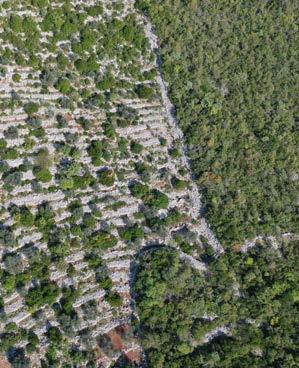


HOME OF olives
The olive groves of Luštica are rightfully called “Luštica’s liquid gold”. The organic olive grove of the Moric family is located in the village of Tići, comprising of six hectares of plantations with over a thousand olive trees, of which many more than 300 years old. The Moric family has been producing olives for eight generations, nurturing their trees with great dedication, patience and love. Ilija Moric, the estate owner, could tell you truly captivating stories about his family’s theoretical and practical knowledge of olive treatment and what inspired them to pursue the business of producing organic extra virgin olive oil. Along with a tour of olive groves and the old mill, their estate organises and conducts mini courses, during which the guests get to learn about the history of Luštica, the cultivation and production of olives and olive oil, its health benefits, as well as the specificity and uniqueness of Luštica’s olive oil. To truly make the experience complete and fully authentic, they offer organic extra virgin olive oil and the tasting of both gastronomic lush products enriched with olive oil.
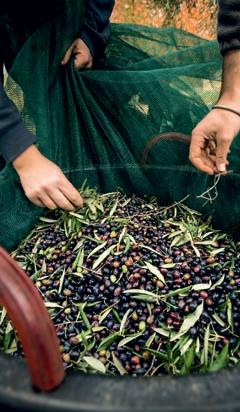

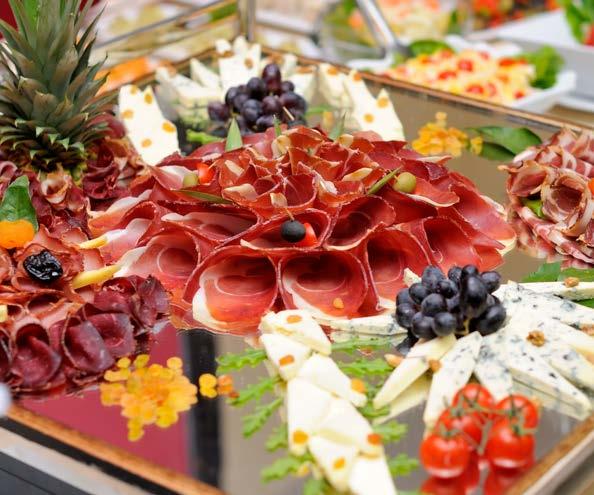
AUTHENTIC MONTENEGRIN experience
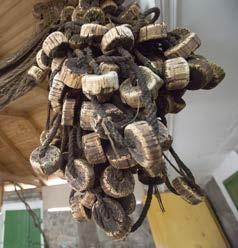
Many people who have visited Luštica, decided to create a home right here, some even having moved from other continents to establish their little pieces of heaven on this natural landmark. In Luštica, one is quickly introduced to the traditional Montenegrin way of life, characterized by the addictive easiness of functioning and the carefree outlook on how life ought to be lived. Strolling the peninsula, the typical dry-stone fences surrounding every household in every village, attract attention; the charming myrtle bushes and areas of wild heath, rocky outcrops, and uncultivable land keep the explorer excited and eager to find out more. Open doors in guesthouses offering the best of traditional local produce are truly sights to witness!
Montenegrins are known for their hospitality, always willing to share whatever is freshly prepared in their household on that day. In Luštica, as is the case in every part of Montenegro, appetisers are the first thing brought to the table; a cold appetiser consists of a plate of domestic, locally produced cheese and prosciutto and, of course, olives. On the Luštica peninsula, the produced prosciutto is of a different aroma; dried near the sea, on a smoke-free fire, ignited by sweet olive wood, plantain, or laurel. Additionally, the sea winds reach the meat, allowing it to easily absorb the sea salt and iodine, the smell of laurel and rosemary, giving it a unique taste and aroma. Montenegro’s local cheese has its own uniqueness; the cheese from Luštica bears the stamp of the climate in which it is made, first by air drying it, and then marinating it in vegetable and olive oil. The cheese is stored and preserved in stone containers, allowing it to withstand all conditions and temperatures, for any amount of time.
When in Luštica, tasting longa - pork roast/ sirloin, made exclusively on this spot is an absolute must! As a true testament to its royal appeal, here is a little anecdote. There are records of Luštica prosciutto and cheese-in-oil being taken to Vienna and served on the Tzar’s table during the time of the Austro-Hungarian Empire! Luštica’s preserved traditional gastronomy is undeniably part of Montenegro’s cultural heritage.
SIGHTS OF the Luštica peninsula
The phenomenal landscapes of the peninsula itself and the surrounding areas, from the view of the open sea to the green scenery in the heart of the bay are, fortunately too many to count! The vertical disunity of the peninsula allows driving from the coast, all the way to the hiking trails, that reaching almost 300 meters above sea level. In addition to several Austro-Hungarian fortifications, sacral buildings, idyllic villages, there are 15 settlements, and as many as 20 churches on the peninsula. One of the biggest attractions of the peninsula are its very versatile beaches, varying from small and pebbled to vast and sandy.
Numerous beaches and coves of the peninsula can be accessed from both the mainland and the sea. Cove Mirište and beach Žanjice offering stunning , uninterrupted views of the fortresses of the first line of defence of the Bay: Arza, Mamula, and Prevlaka are true show stoppers. These three fortresses, with their majestic architecture, formed the fortification system Primorska Fortress of Boka, the second most important military base of Austro-Hungary on the Adriatic Coast. Not far away from there, we find cape Veslo, which can be reached by a country road and is an ideal dive for underwater enthusiasts. Moreover, visitors can enjoy their time in the famous Blue Grotto, one of the most picturesque caves in Montenegro. The peninsula offers tranquil beaches with local taverns, providing an unforgettable atmosphere - Blue Horizons, Oblatno, Dobreč, Bigova and Velja Špila, located in the Bay of Trašte. With its raw strip of wild nature waiting to be discovered, its picturesque memories eager to be lived and experiences to be embraced, Luštica will undoubtedly become one of those sanctuaries you will want to gladly return to, and continue to be inspired by.
